Galleria Colonna, part of the historic Palazzo Colonna in Rome, is a masterpiece of Baroque art and architecture. Built in the 17th century, it showcases the wealth, power, and cultural influence of the Colonna family, one of Rome’s most prominent aristocratic dynasties. Galleria Colonna was commissioned by Cardinal Girolamo I Colonna in the mid-17th century and completed under his successors in 1700. Its primary purpose was to celebrate the family’s military victory at the Battle of Lepanto in 1571, a pivotal event in which Marcantonio II Colonna, a prominent member of the family, played a key role as a commander of the papal fleet.
The original building plans were designed by Antonio del Grande and the building saw several renovations and additions by Bernie, Johan Paul Schor and Carlo Fontana at the end of the 17th century. The bridge linking the Palazzo and the garden was created by Alessandro Specchi in 1710.
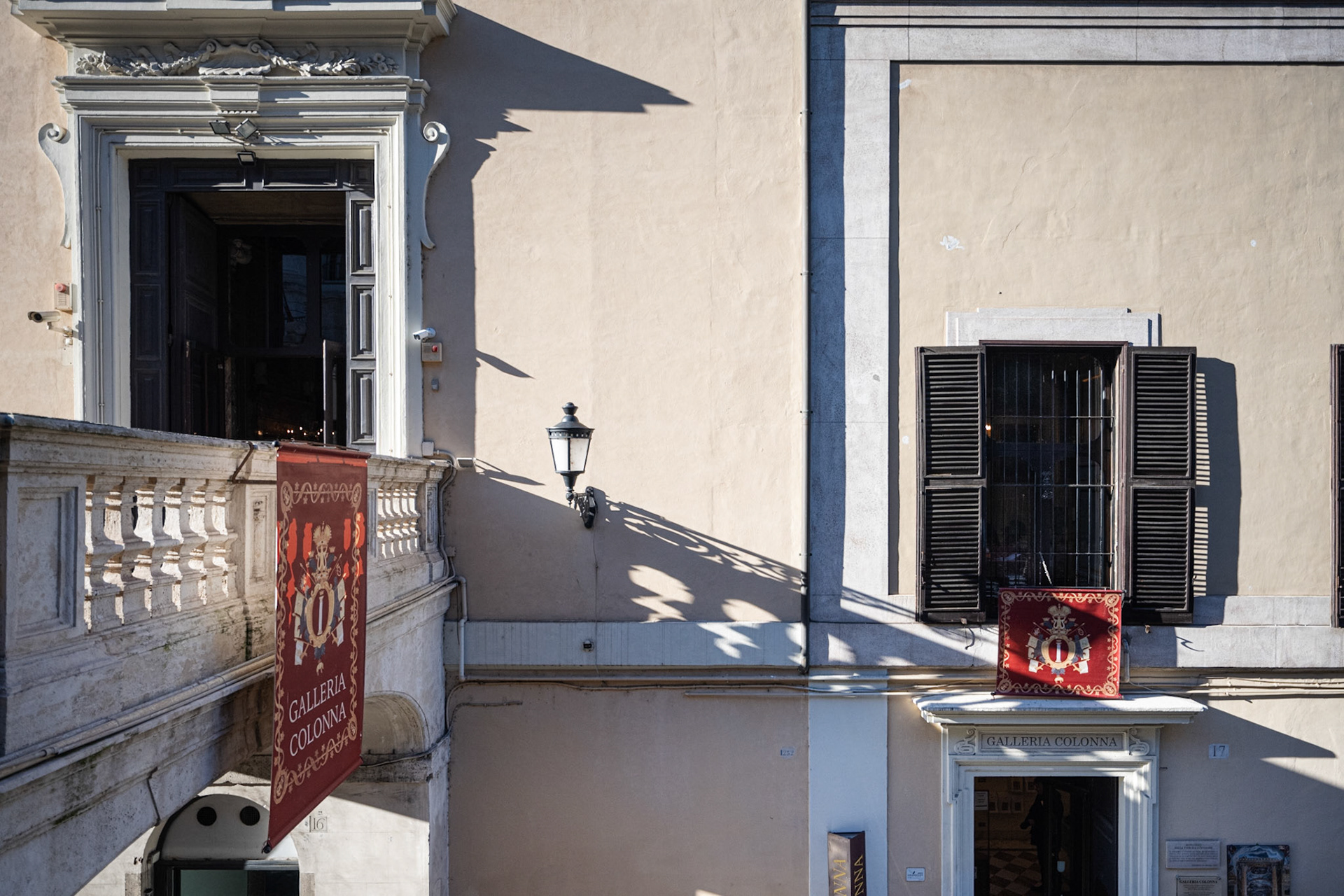
bridge linking the Palazzo and the garden
The Great Hall measures 76 meters by 10 meters, making it even slightly longer than the Hall of Mirrors in Versailles. Its ceiling frescos show the Battle of Lepanto and its walls are decorated with over 30 paintings. Along with natural light from the windows, two rows of Murano chandeliers illuminate the hall. The cannon ball on the stairs landed there in 1849, fired by the French Army.
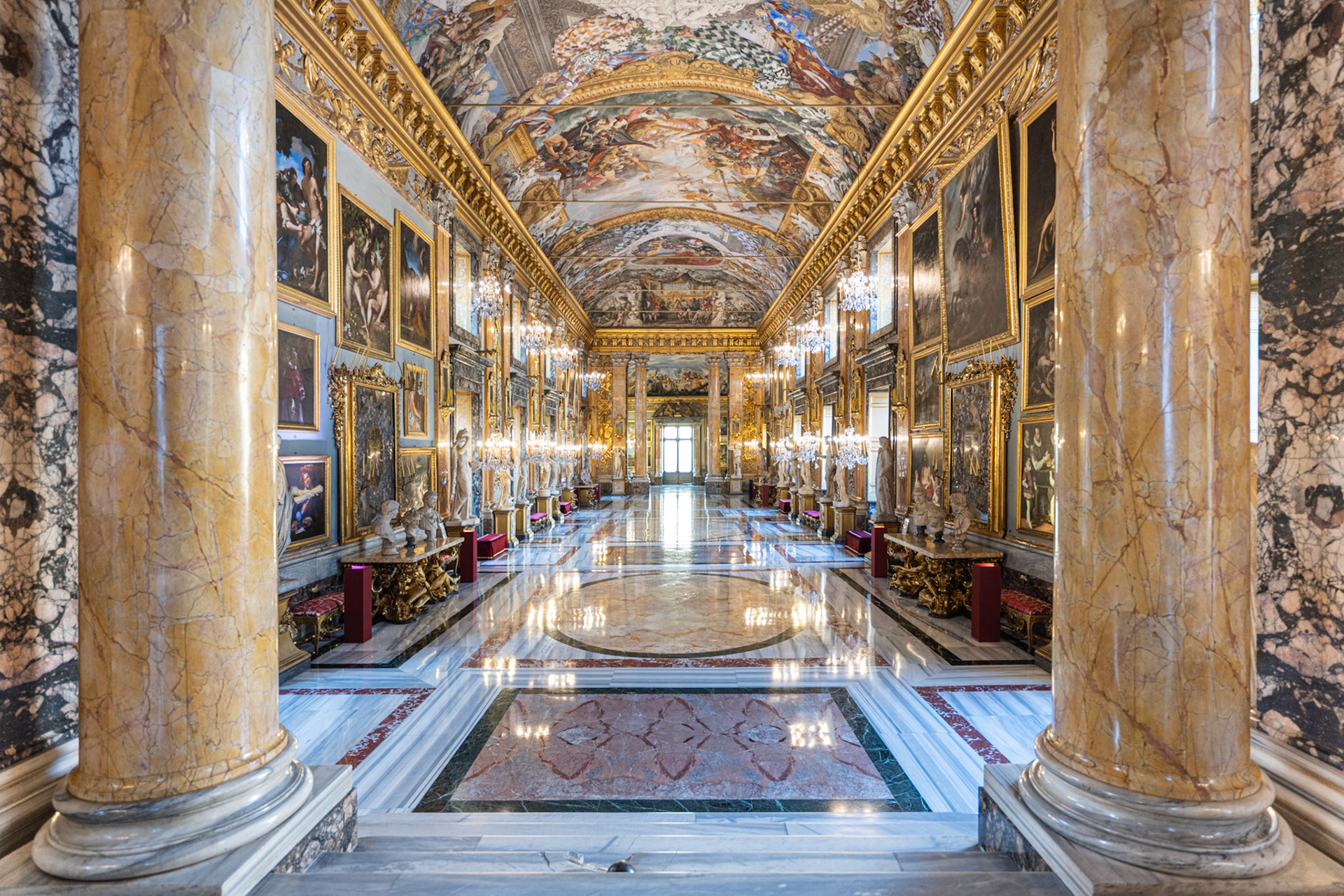
Great Hall
The fresco on the ceiling of the Hall of the Battle Column was created by Giuseppe Bartolomeo and depicts the presentation of Marcantonio to the Virgin Mary.
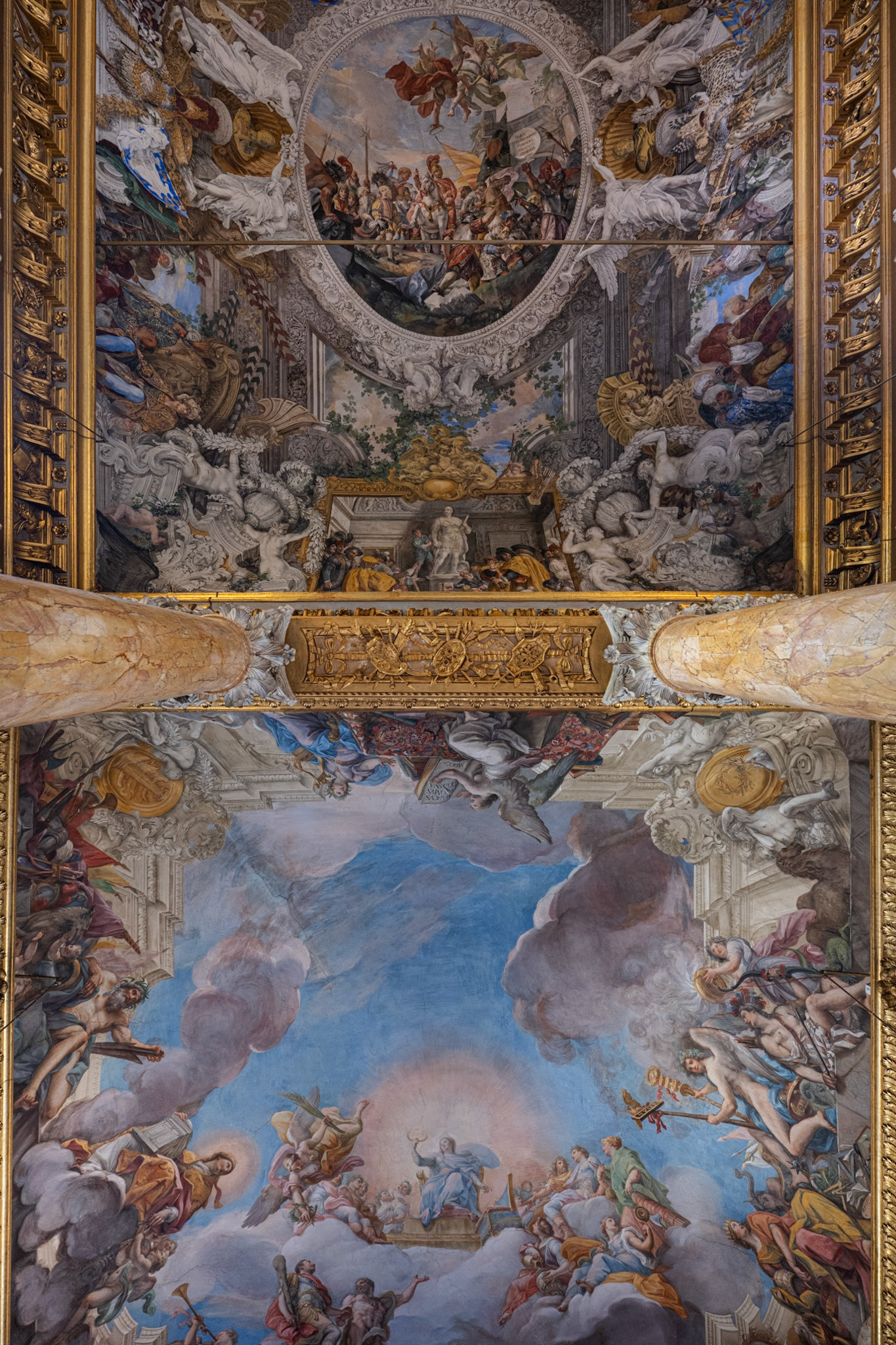
ceiling fresco Hall of the Battle Column
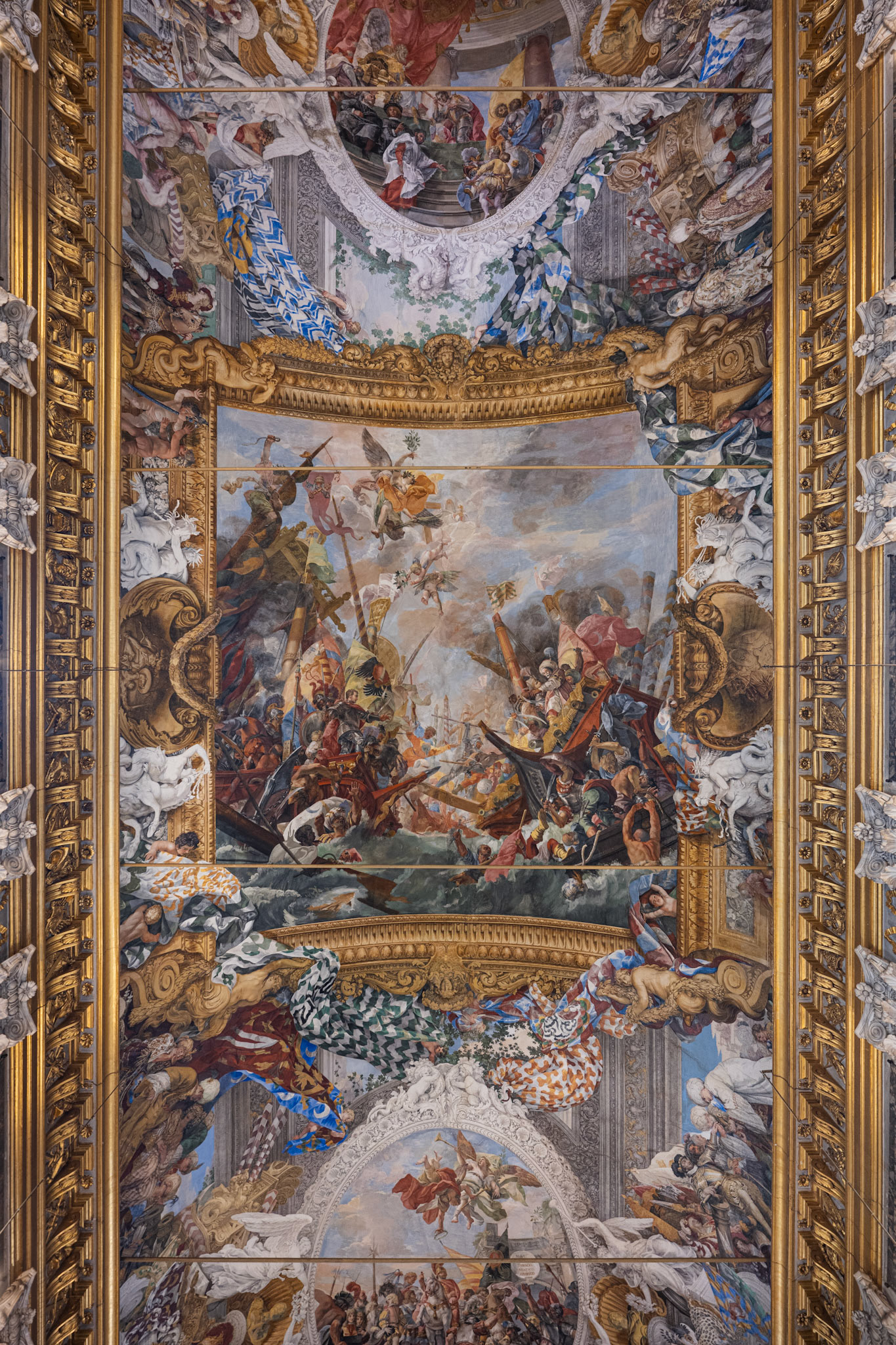
ceiling fresco Great Hall
The Cornucopia Hall was part of Cardinal Ascanio Colonna's apartment. Its ceiling was decorated between 1560 and 1608 and shows allegorical figures of Virtue and emblems of ecclesiastical power. The four ovals show the Creation of Adam, the Creation of Eve, the Original Sin and the Expulsion from Paradise.
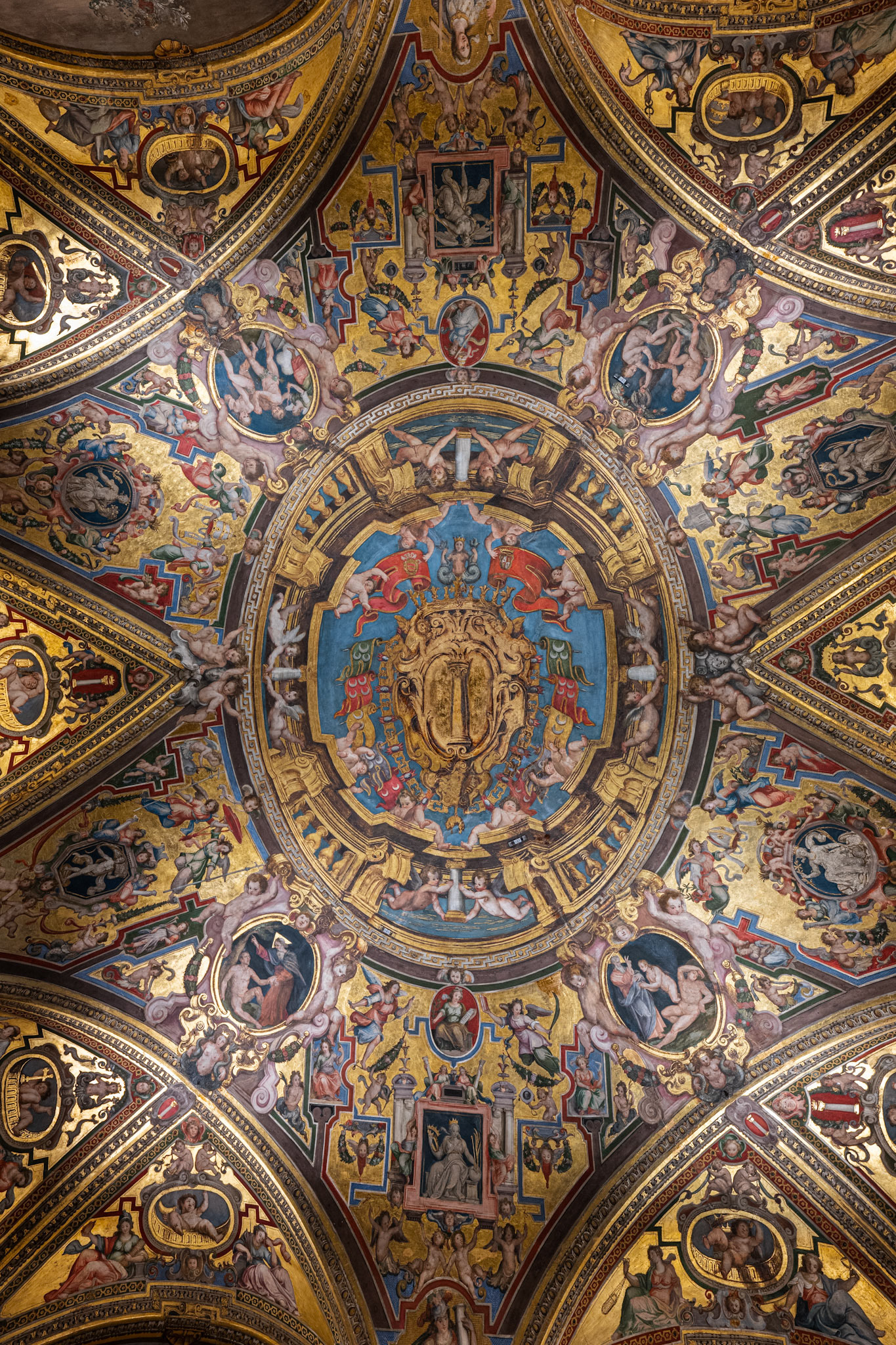
ceiling fresco Cornucopia Hall
The private apartments of Princess Isabelle (Donna Isabelle Sursock) have been preserved as is and can now be visited. The frescos in the Banquet Hall were created by Giovanni Maria Mariani and the landscape paintings are attributed to Crescenzio Onofri. The ceiling frescos of the Dughet room and the dining room are the works of Giovan Battista Ricci and Ludovico Lanzone.
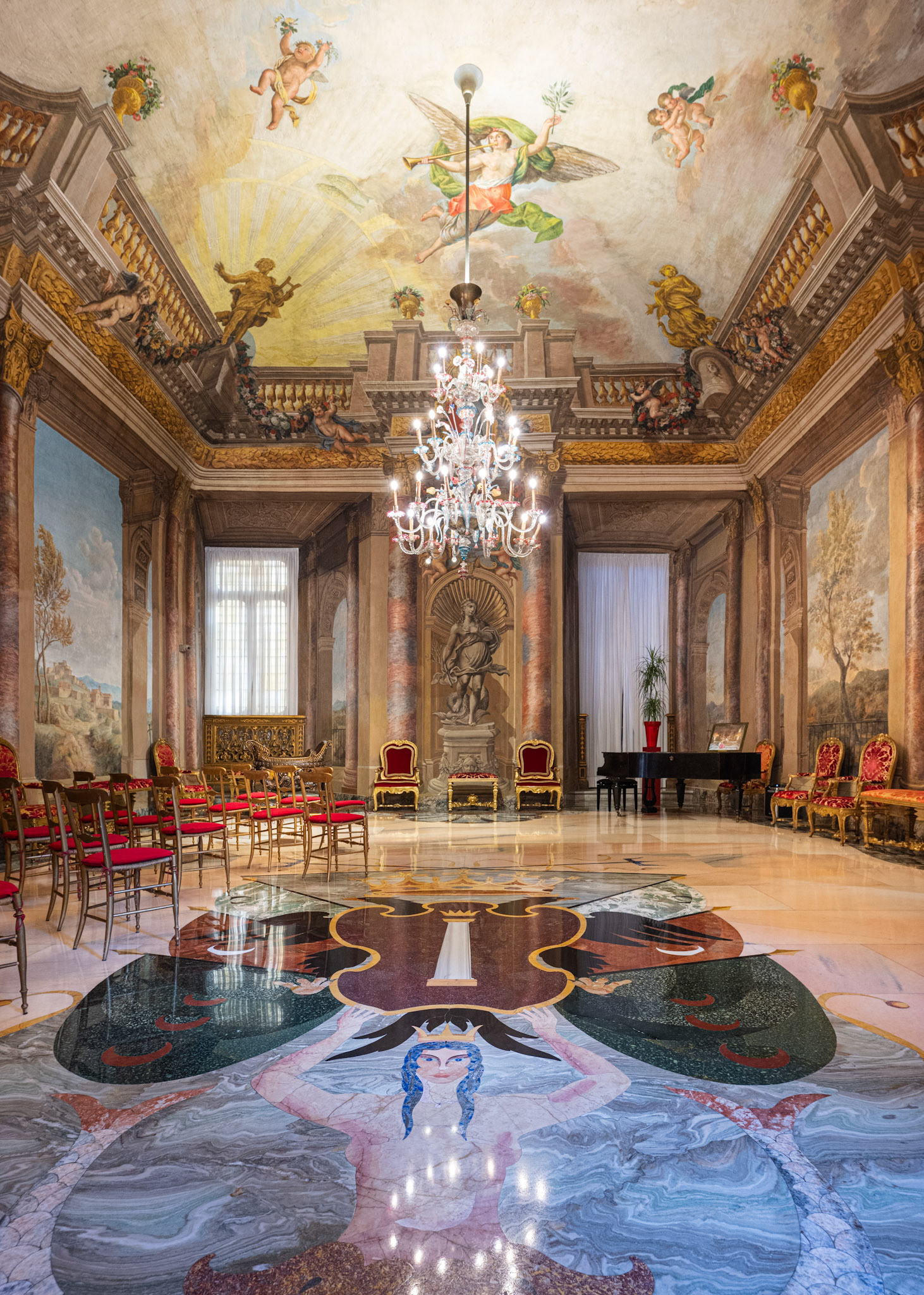
Sala delle Feste
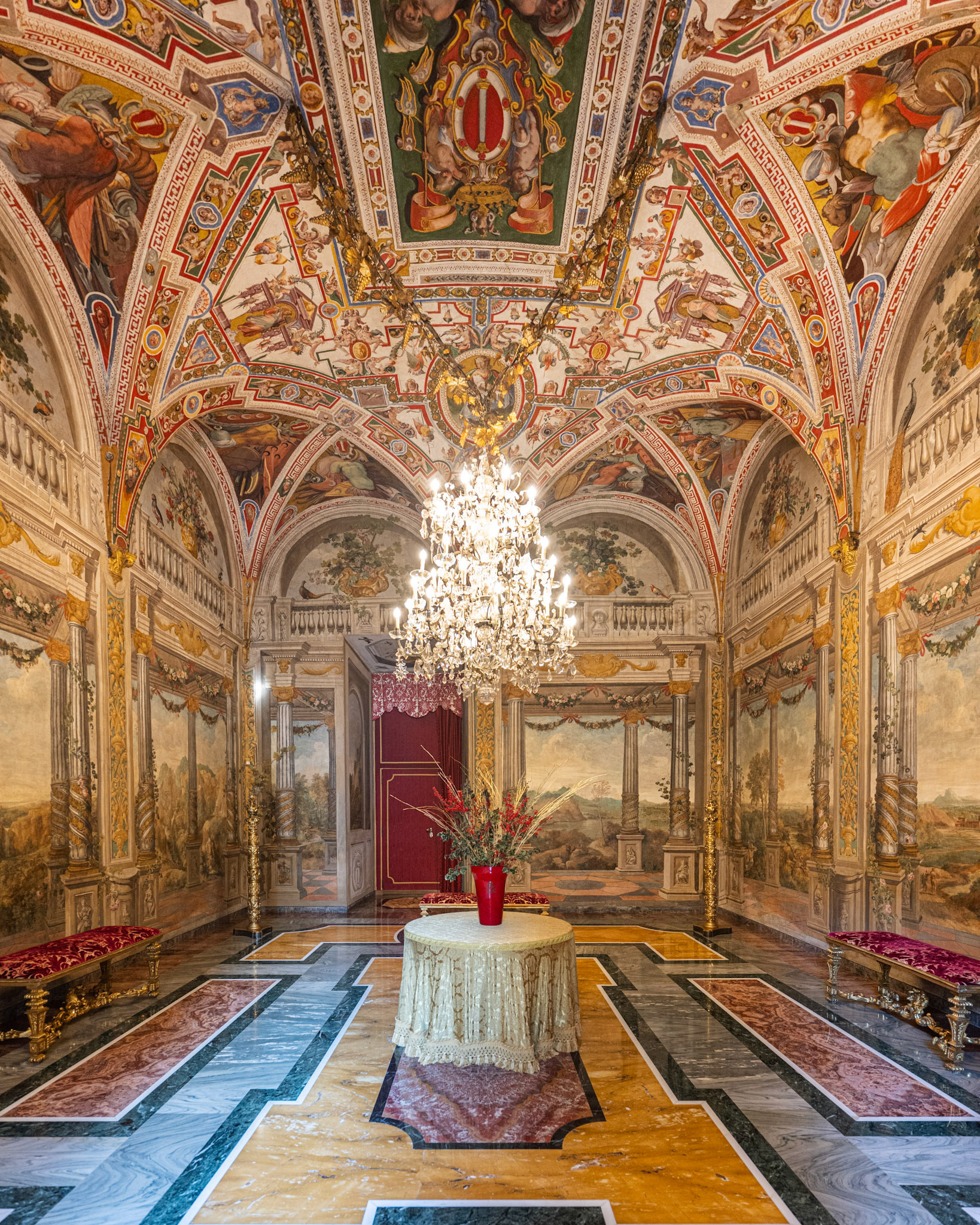
Sala del Dughet
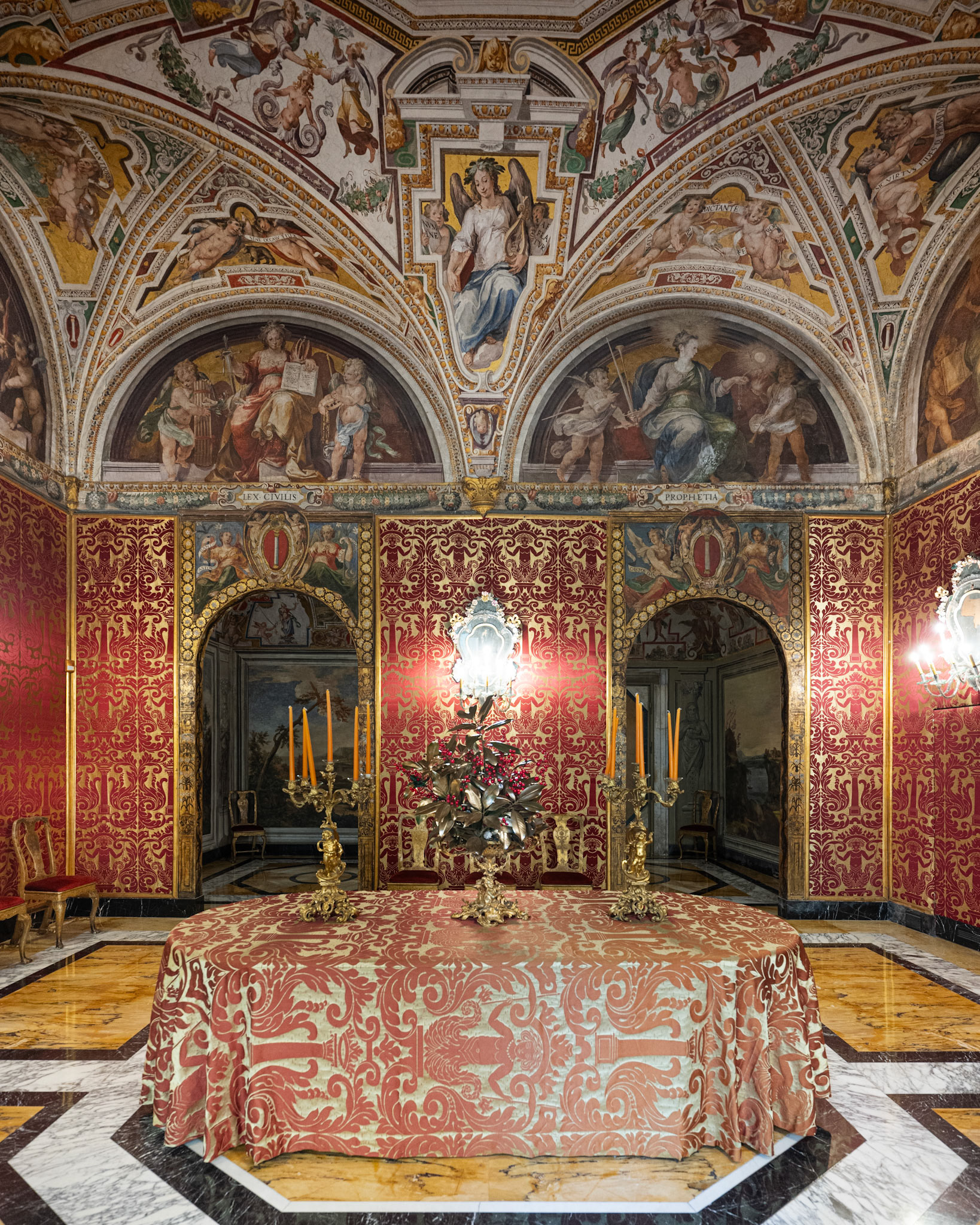
dining room

Room of the Baldachin
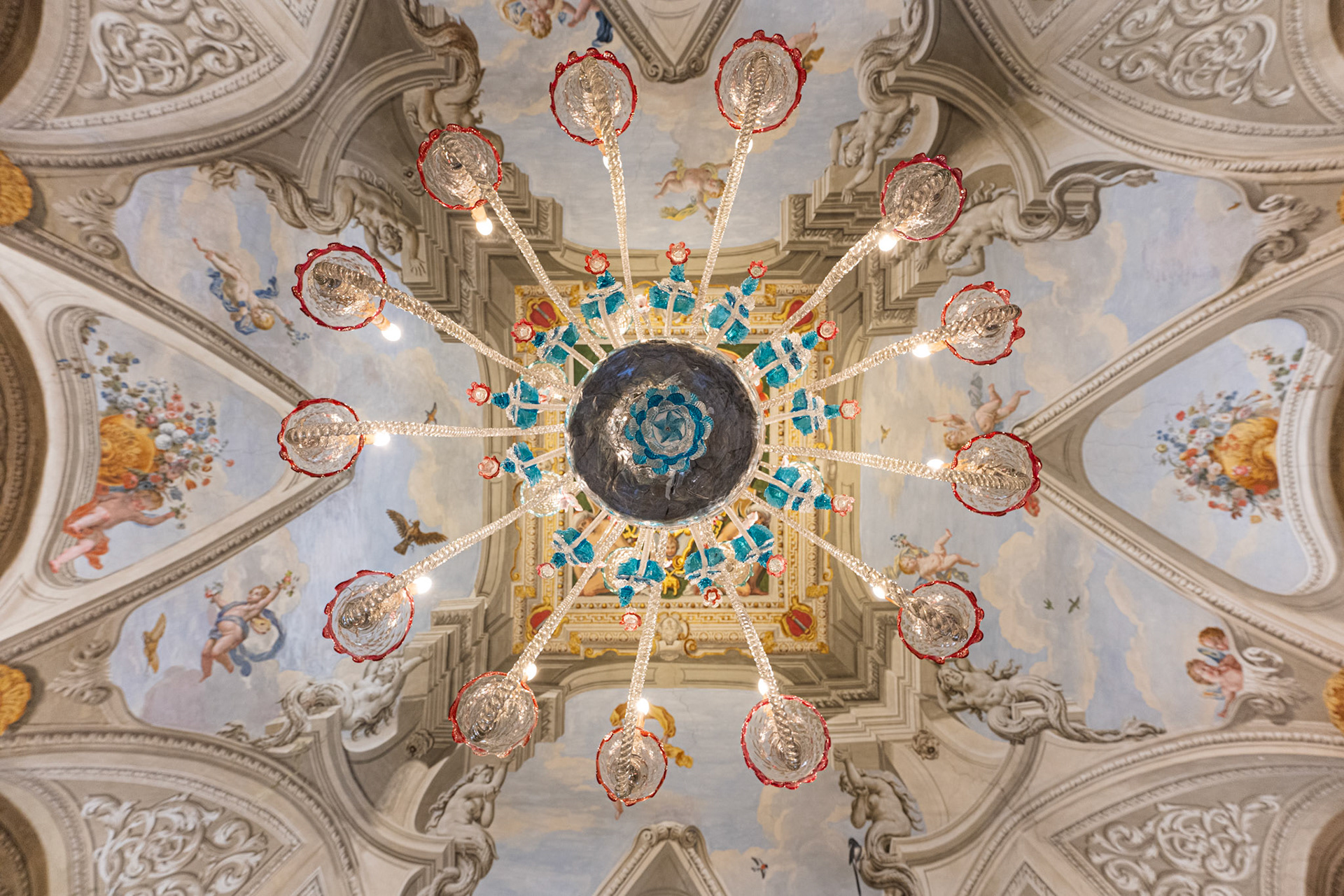
Sala del Vanvitelli
You may also like